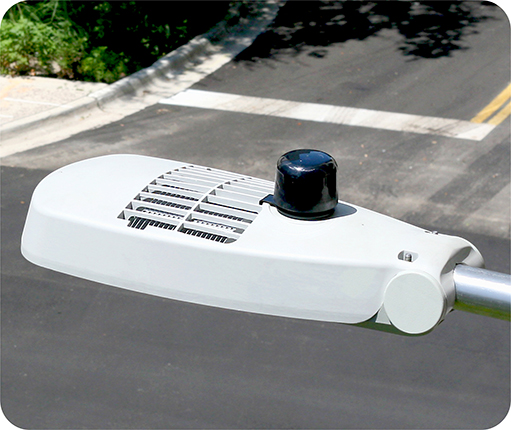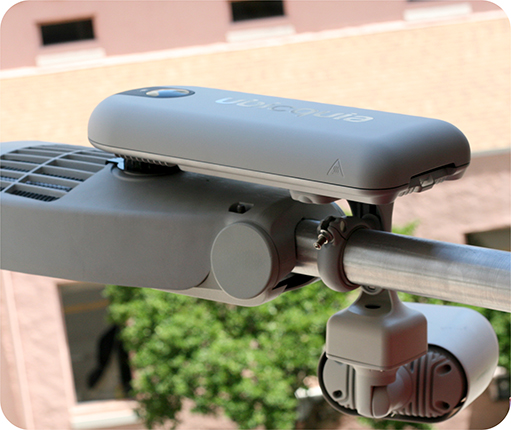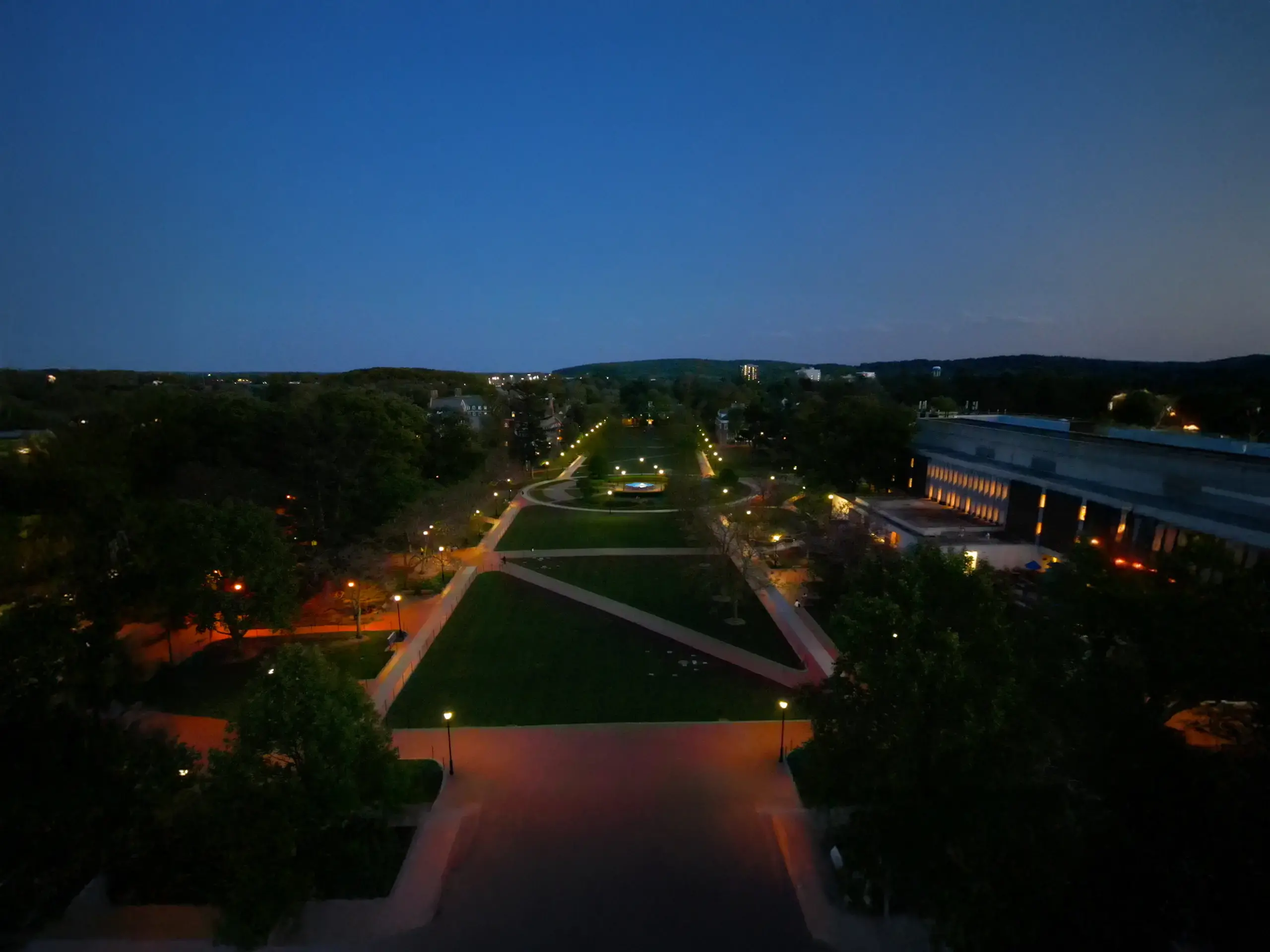
Keep Students Safe and Drive
Efficiency with Smart Lights
Safety remains the single biggest priority for higher education campuses. A smart lighting platform is not only an asset to student safety, but a powerful energy-savings tool, platform for O&M optimization, and improvement to student quality of life.

Improve Safety on Campus for Everyone
Illuminated roads, walkways, and public areas enhance visibility and make it significantly safer for pedestrians, cyclists, and vehicles to navigate the campus at all hours, fostering a secure and accessible environment.

Reduce Energy Consumption by 3k+ tons.*
Eliminate unnecessary runtimes (i.e. day burners) and reduce excessive brightness levels to minimize overall power draw, support sustainability goals, and promote an energy-efficient campus infrastructure.

Cut Operations + Maintenance Costs by ~ $816k.*
Remote scheduling, dimming controls, and diagnostics optimize streetlighting functionality and reduce truck rolls.
*over 15-year life of fixture.

Enhance the Quality of Campus Life
Avoid over-lighting of the shared spaces and prevent light pollution to create a more welcoming campus environment that improves the quality of life for all students, faculty and visitors.
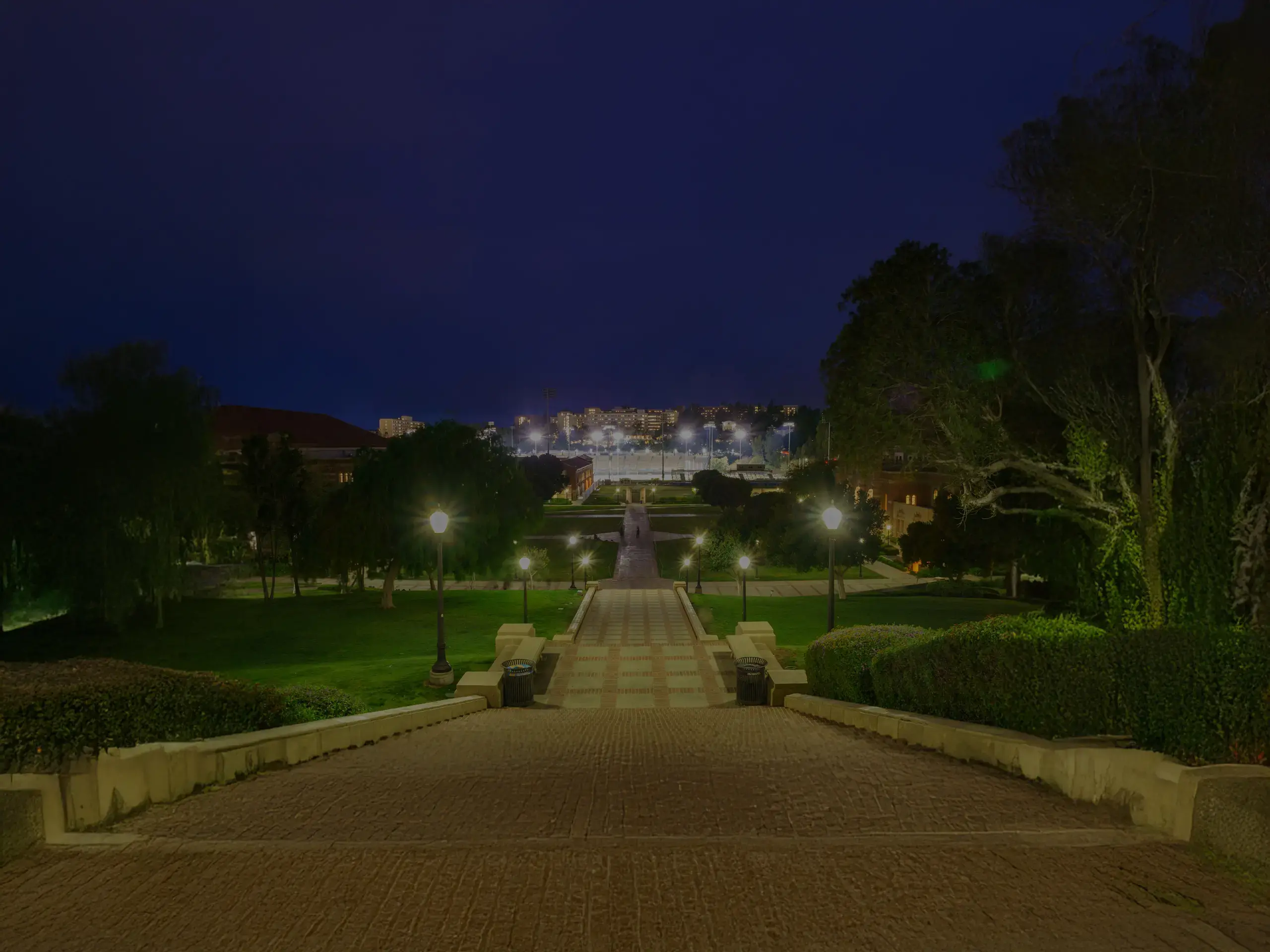
Calculate Your Savings
Discover the potential energy and cost savings your campus could achieve by implementing intelligent lighting controls designed specifically for LED fixtures. These smart systems optimize lighting usage based on real-time conditions, reducing waste, lowering maintenance costs, and contributing to long-term sustainability goals.
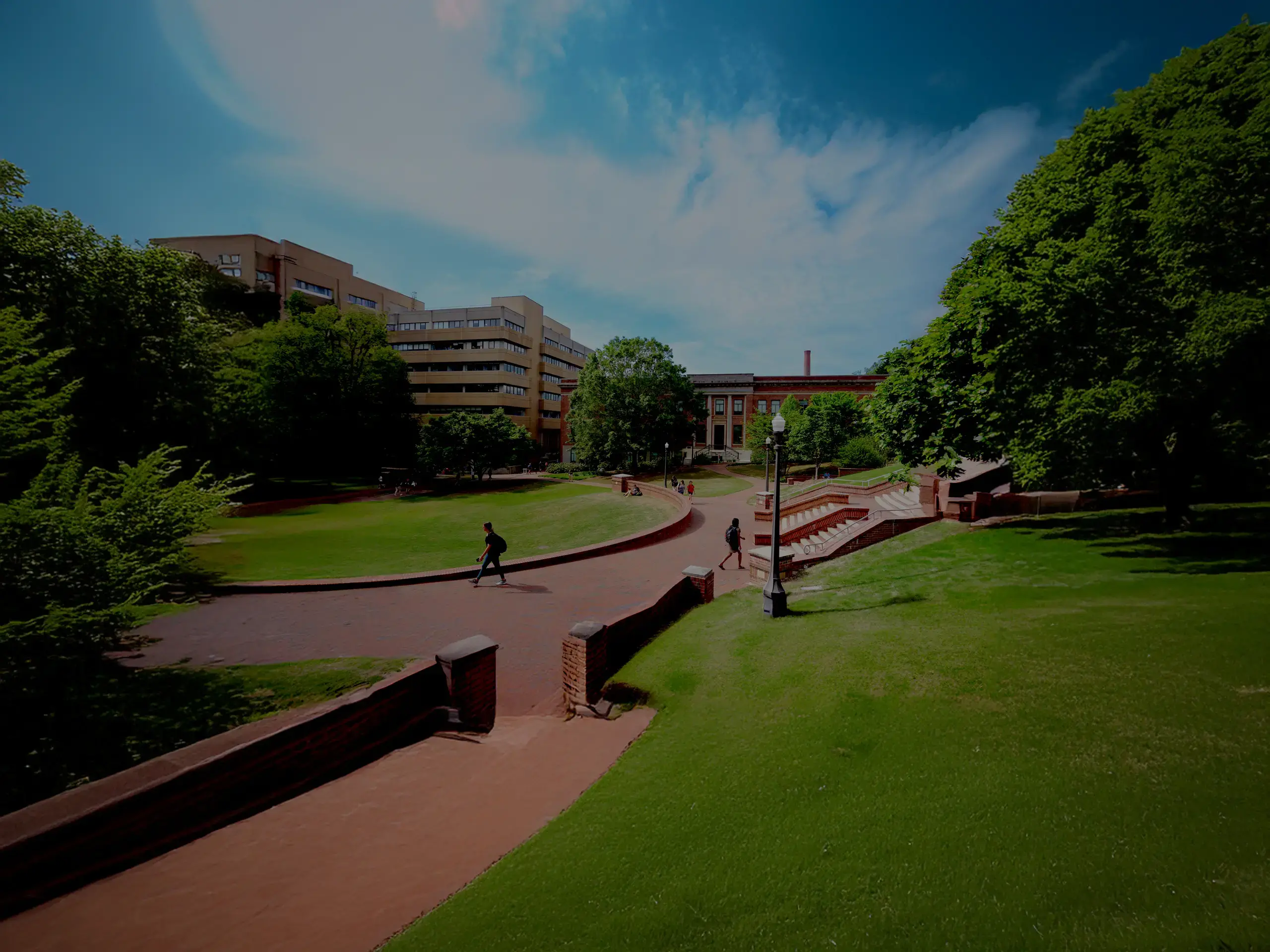
Smart Lights Create
a Smart Campus
Discover how college communities are using smart lighting solutions to keep their campus safe, efficient, and sustainable.
Real-time alerts, controls, and analytics allow campuses to operate and maintain their lighting network more efficiently while creating beautiful, well-illuminated campuses.
Smart scheduling, dimming, and real-time monitoring reduce energy consumption, lower carbon emissions, and cut maintenance costs by creating efficiencies in usage and extending fixture life.
Better campuses start with more awareness of what’s happening on campus. We provide a few things to give you a better sense of what’s going on. First, we provide situational awareness cameras that help you understand campus traffic, identify when facilities need maintenance. and can even help with campus investigations. Second, we provide air quality and noise monitors to let you know when there are environmental or potential safety hazards.
College campuses that upgrade lighting networks to LEDs with Ubicquia’s intelligent lighting controllers see a return on investment in as soon as two and half years. Cost efficiencies come from reduced energy costs, lower maintenance costs, extended fixture life, and reduced liability.
Ubicquia’s UbiCell and the embedded controls in the UbiHub are built to utility-grade standards. This includes the ability to monitor power quality, protect against surges, and offer last gasp notices on downed poles. These features allow cities and utilities to diagnose issues remotely, reduce truck rolls, improve lighting reliability, and minimize light pollution.
Ubicquia is deployed in over 800 cities across North America and owns an 80% market share of LTE controls. We’ve worked on some of the largest deployments in the country and have seen almost every lighting issue you can imagine and have experience dealing with it.
As more colleges and universities prioritize energy efficiency, dark skies, safety, and lighting reliability, they are looking at lighting solutions to help. Over hundreds of lighting control projects, we’ve learned the features that matter to a smarter and safer campus. Check out our Lighting Control RFP Guide


